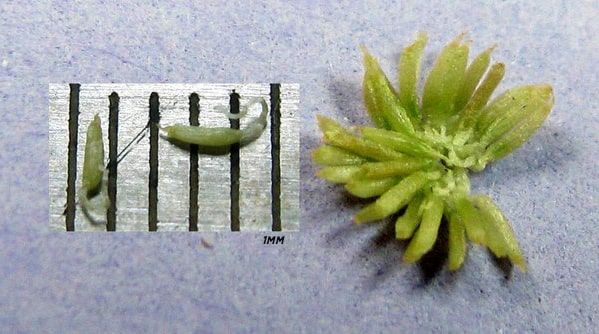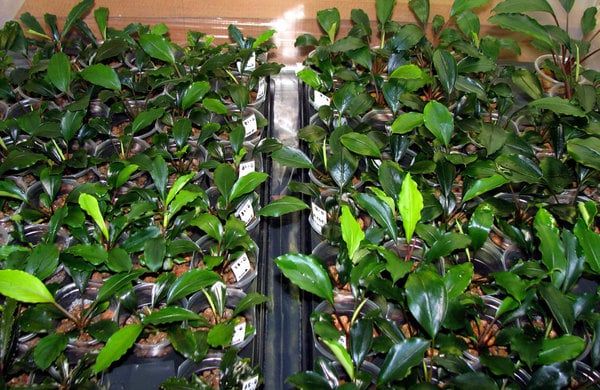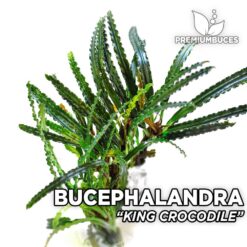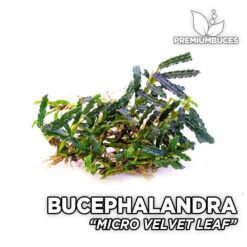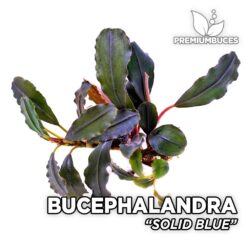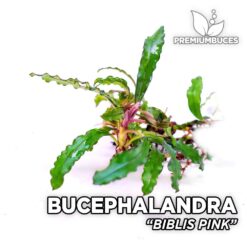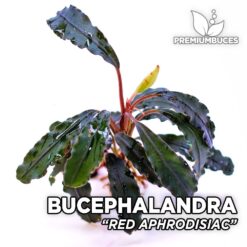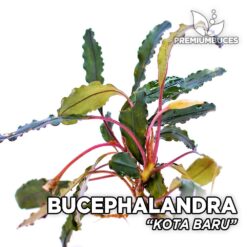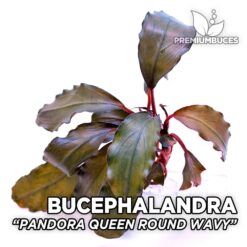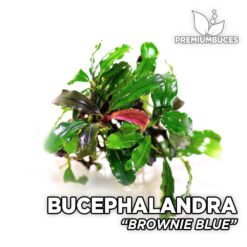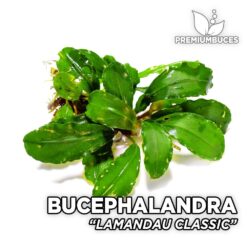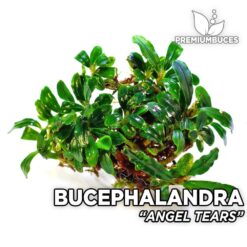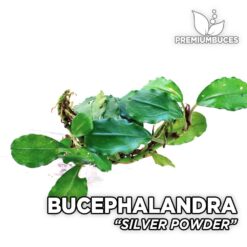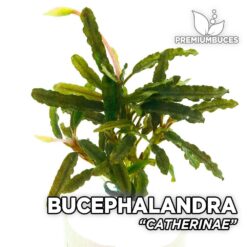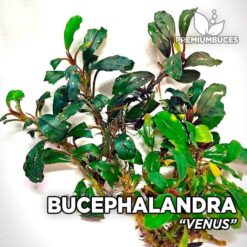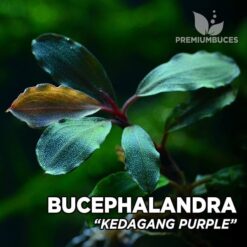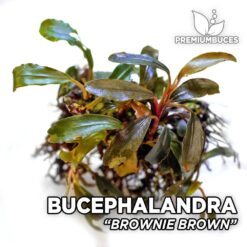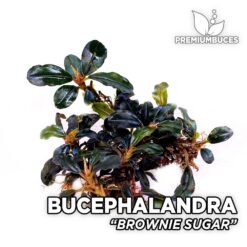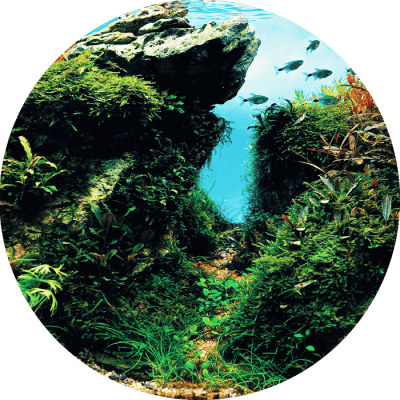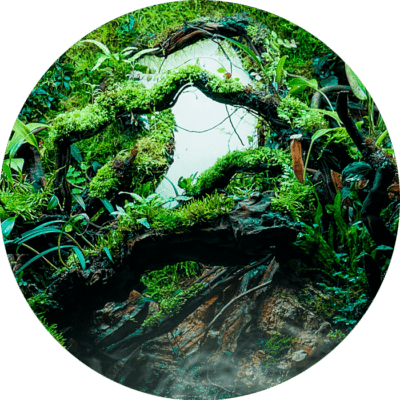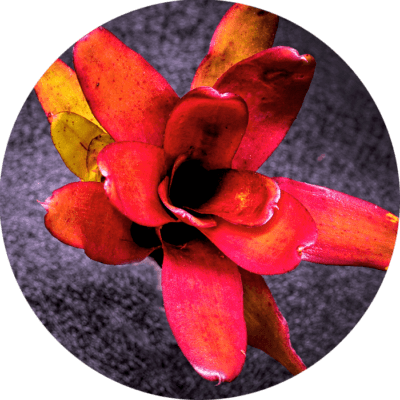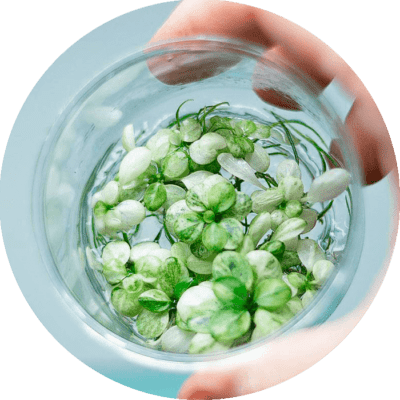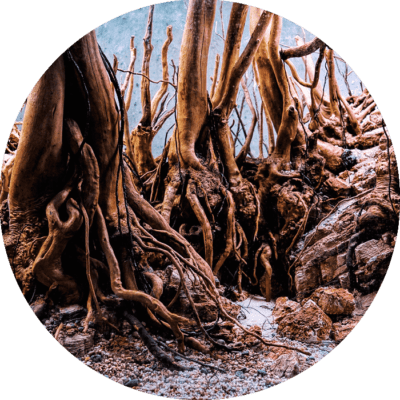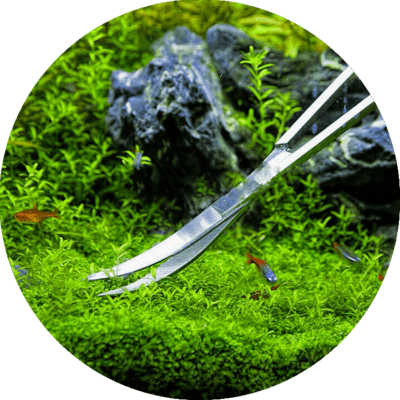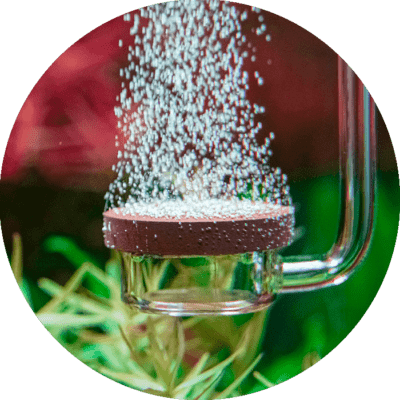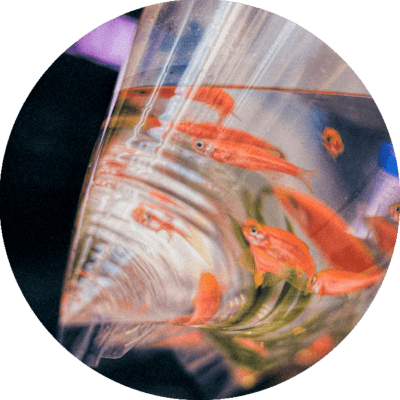Bucephalandra aquatic plants are currently the most promising plants in the Araceae family to keep in planted aquariums. The small size, variety of shapes and colors, slow growth, resistance and adaptation to different water parameters and the ability to grow anchored to rocks and wood give them some advantages characteristic of these plants endemic to Borneo.
The easiest way to propagate Bucephalandras it is through the division of the rhizome once the plant has a considerable size and a good growth rate.
To make their plants healthier, many Asian nurseries use micropropagation, also known as in vitro spread. In this method, tissue culture is completely sterilized; However, working with this system requires special equipment and chemicals that limit the use of this method among hobbyist aquarists.
But surely you will have much more easy if you use the method of generative spread. In this article we will show some detailed instructions on how to propagate Bucephalandras by seed, which can be applied well to other types of steroid plants such as Anubias. We will describe only the details and some particular complexities that are inherent in the reproduction of the Bucephalandras.
For starters, it's worth mentioning that there are no secrets; Everything is simply determined by the physiology of inflorescences (the flowers that develop this type of plants). The main difference between Bucephalandras and Anubias is the differentiating behavior of the spathe. In the case of Anubias, the spathe opens fully and gives direct access to the male and female flowers. ( Image. one ). It does not create any obstacle to artificial pollination.
1 image. Inflorescence of Anubias. The spathe does not limit direct access to female flowers.
On the contrary, the flowering of the Bucephalandra it is a somewhat more complex process. It begins with the maturation of the female flowers (the lower part of the spadix). During this period, the spathe only opens a small space in its upper part. This small hole is enough to allow access for pollinators Autochthonous (flies of the genus colocasiomyia), but it makes it completely impossible to artificially pollinate flowers without mechanical spathe removal. ( Image. one ).
2 image. Inflorescence of Bucephalandra At the beginning of the pistillate anthesis (first day of flowering), part of the spathe was artificially removed. The staminodies of the interstitium are erected to allow free access for indigenous pollinators.
Female flowers remain fertile for only a few hours, so don't wait until the spathe starts to open further. Scoop half of the spathe lengthwise and pollen over the stigma. Pollen should be taken from another inflorescence. It is important to note that the maturation period of male and female flowers on the same inflorescence does not overlap. Pollen usually forms only on the second day of flowering, when the female flowers are no longer receptive. This process differs significantly from the flowering of Anubias, where cases of self-pollination are well known. To transfer pollen between inflorescences we can use watercolor brushes.
The beginning of pollen maturation is synchronized with a significant separation and destruction of the upper part of the spathe, so this point cannot be missed. The spathe has only one part, a lower crown, that covers the female flowers. Pollen grains appear on the horns of stamens in various ways depending on environmental conditions (usually humidity in the air), they can be in the form of a drop or fiber ( 3 image. ). Unlike Anubias, Bucephalandra plants rarely form pollen as a dry powder that flows freely in the environment.
3 image. Bucephalandra inflorescence during staminate anthesis (second day of flowering). The upper spathe is falling. The staminodies of the interstitium have been reflected to block the entry of the lower spathe. Keep in mind that pollen can be in the form of a drop (on the left) or a fiber (on the right).
A distinctive feature of the Bucephalandra is the presence of shield-shaped staminodies (sterile stamens) that separate the male and female parts. We can assume that they are involved in pollination with pollinators Autochthonous in the lower zone, avoiding self-pollination. However, both versions have failed. The first was arranged by S. Wong and P. Boyce, who observed plants in nature, and the second by our failed attempts at artificial self-pollination. Therefore, the function of the staminodes is only to protect the future seed set.
After successful pollination, the male part of the spadix falls off within a few days, leaving only the lower cup and the shield-shaped staminodies that protect the ovary. Soon the plastids in the staminoid cells begin to synthesize chlorophyll, making them full participants in the photosynthetic process ( Image. one ). The seed set matures in about 1,5-2 months ( Image. one ), approximately twice as fast as Anubias. At this point, the staminodes fade and die, and the seeds begin to germinate even on the same flower, so no special measures are necessary for their germination. The seed set of the largest species generally contains around 500 seeds, while the small species are only 50-100 ( Image. one ).
4 image. After successful pollination, the male part of the spadix falls off and the staminodiums in the interstitium turn green for several days.
5 image. Bucephalandra with inflorescence and fruit.
6 image. Seeds (24 pieces) of Bucephalandra that were isolated from a fruit.
It is worth noting that, unlike Anubias, Bucephalandra seeds sink into the water. This characteristic agrees well with the location of the natural populations of Bucephalandra near waterfalls and riverside. Otherwise, the currents of rivers and mountain streams would carry the seeds away from the habitats where these plants are usually found.
In a greenhouse after maturation, you can place the seeds on a moist neutral substrate (expanded clay or fine stones). The growth of the seedlings and their shape are identical to those of the Anubias. The Bucephalandra develops fully in 1,5-2 years ( Images. 7-9 ). It is important to note that these species do not contain any plant pathogens and are completely healthy.
7 image. Seedlings (3 months) in a mixture of expanded clay and fine stones.
8 image. After 10 months, the seedlings should be separated into individual pots.
9 image. Separate seedlings (1 year old).
In general, generative propagation has proven to be an effective form of mass production of healthy Bucephalandra seedlings, as a result of successful pollination it can obtain hundreds of new specimens. In addition to regular breeding, Bucephalandra also tend to have an interspecific cross that opens wide prospects for the selection of these plants.
Other articles of interest may be:
Bucephalandra care.
Rate this post:
BUY BUCEPHALANDRA






